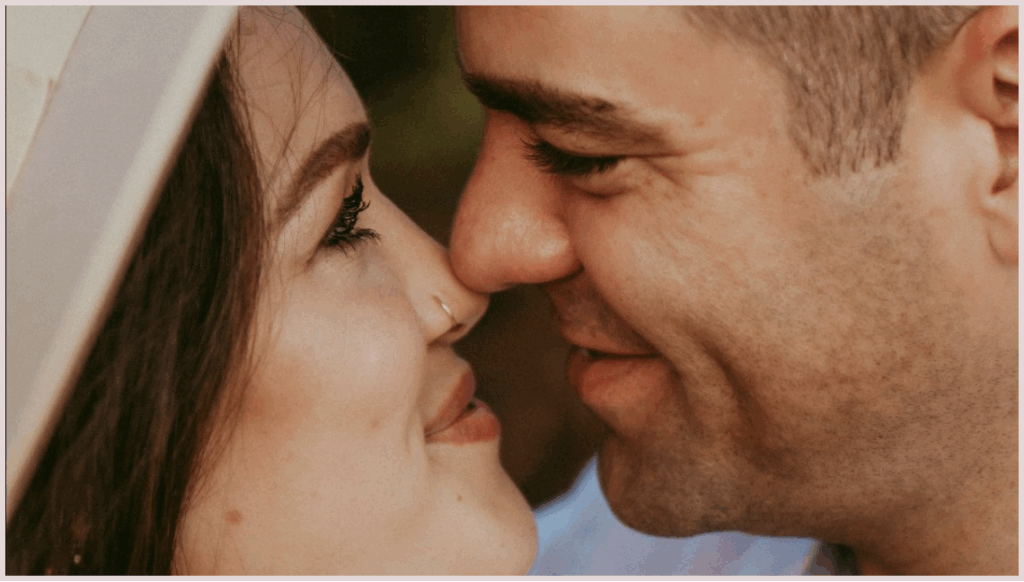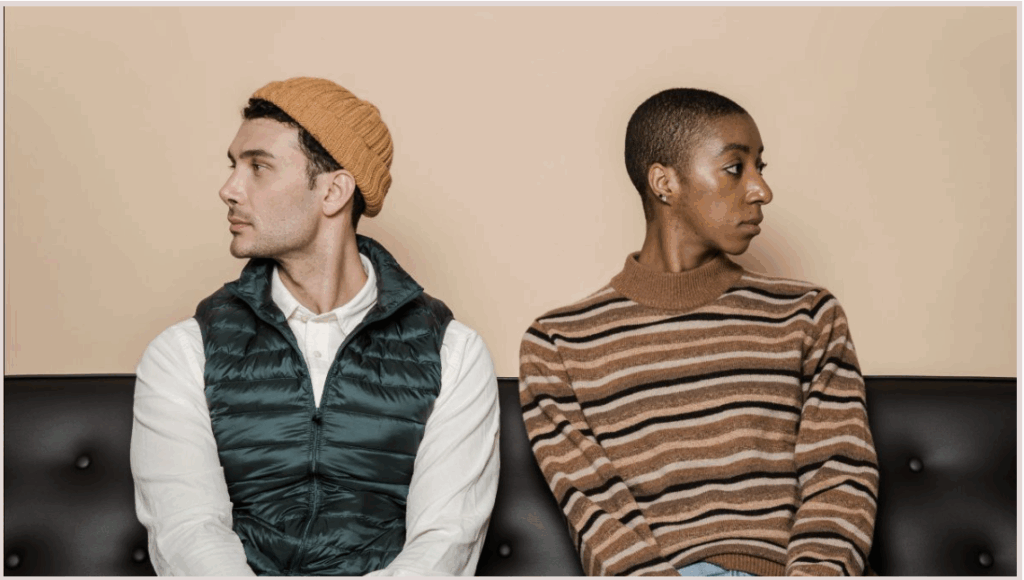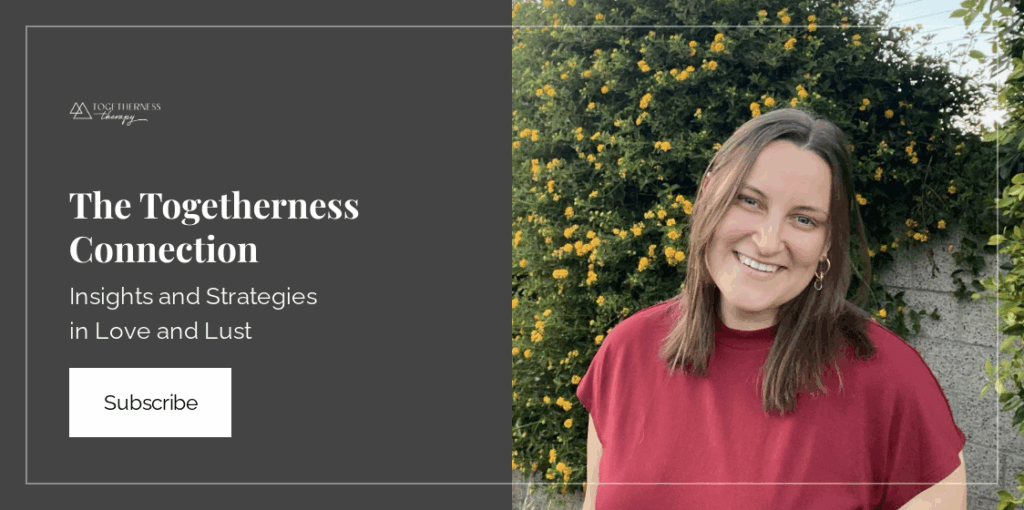Written by: Rachel Thomas
Falling in love is more than an emotion. It is a fascinating mix of brain chemistry, physical changes, and emotional connection. These reactions shape how we form bonds, experience attraction, and build long-term relationships.
Your Brain on Love
Dopamine surge: Falling in love triggers dopamine, the brain’s reward chemical. This creates feelings of euphoria and excitement.
Oxytocin and vasopressin: These “bonding hormones” support attachment and the desire for lasting connection. Physical intimacy strengthens these effects.
Lowered critical thinking: Romantic feelings can reduce judgment, making us overlook flaws and focus on attraction.
Increased romantic motivation: Brain areas linked to craving and motivation light up, fueling a strong desire to be with the other person.
Physical Signs of Love
- Increased heart rate and flushed skin
- Sweaty palms and heightened senses
- Dilated pupils when attracted to someone
- “Butterflies” in the stomach caused by stress hormones
- Extra energy and motivation
- Reduced pain perception
Long-Term Love: What Changes Over Time?

The early rush of love often settles into deeper attachment and companionship, influenced by oxytocin and vasopressin. Many long-term couples still keep the “spark” alive through emotional intimacy and shared experiences.
The Downside: Heartbreak
Love’s chemical highs sometimes end. During a breakup or loss, the brain’s reward system dips and stress levels spike, leading to sadness and even physical discomfort. With time and support, new neural pathways are built and healing can begin.

How Therapy Helps with Love and Connection
- Understanding patterns: Therapy helps you step back and recognize old habits in relationships—like picking the wrong partners, emotional distance, or repeated breakups.
- Navigating every stage: Counselors share tools for surviving the highs and lows of love or breakups, helping you build emotional resilience.
- Building healthy attachments: Learn about attachment styles and how to develop secure, healthy connections in relationships.
- Healing from heartbreak: Therapy provides support for moving forward, processing the end of a relationship, and avoiding old patterns.

How Togetherness Therapy Can Support You
Togetherness Therapy can help you navigate new romances, the challenges of long-term relationships, or the pain of heartbreak. Our therapy team supports clients in understanding relationship cycles, creating healthier choices, and building fulfilling emotional connections.
